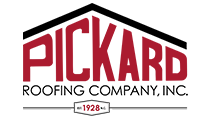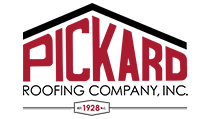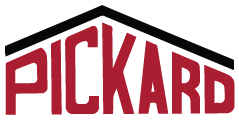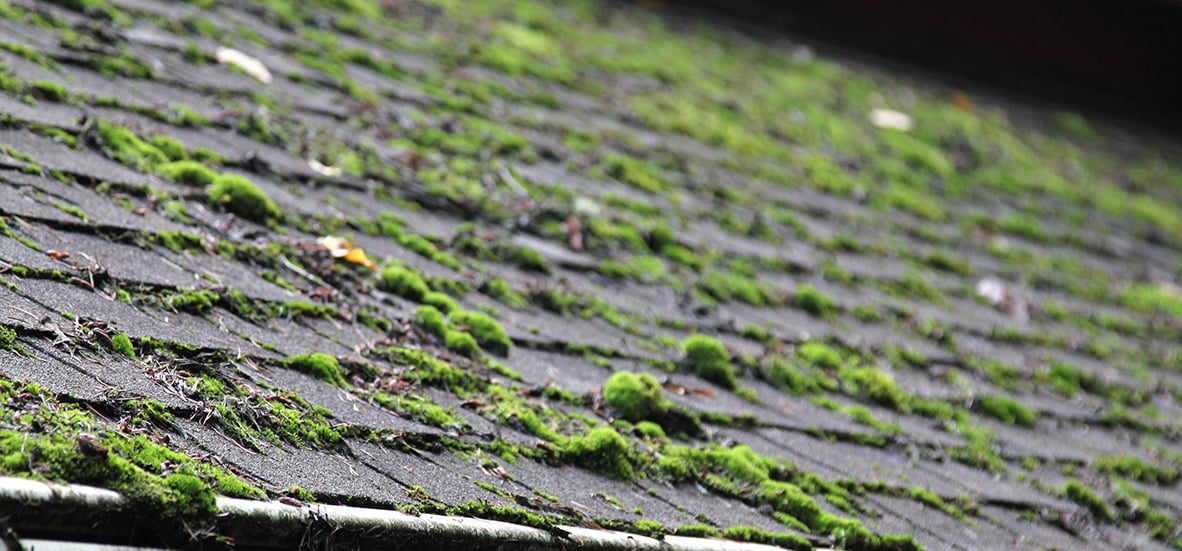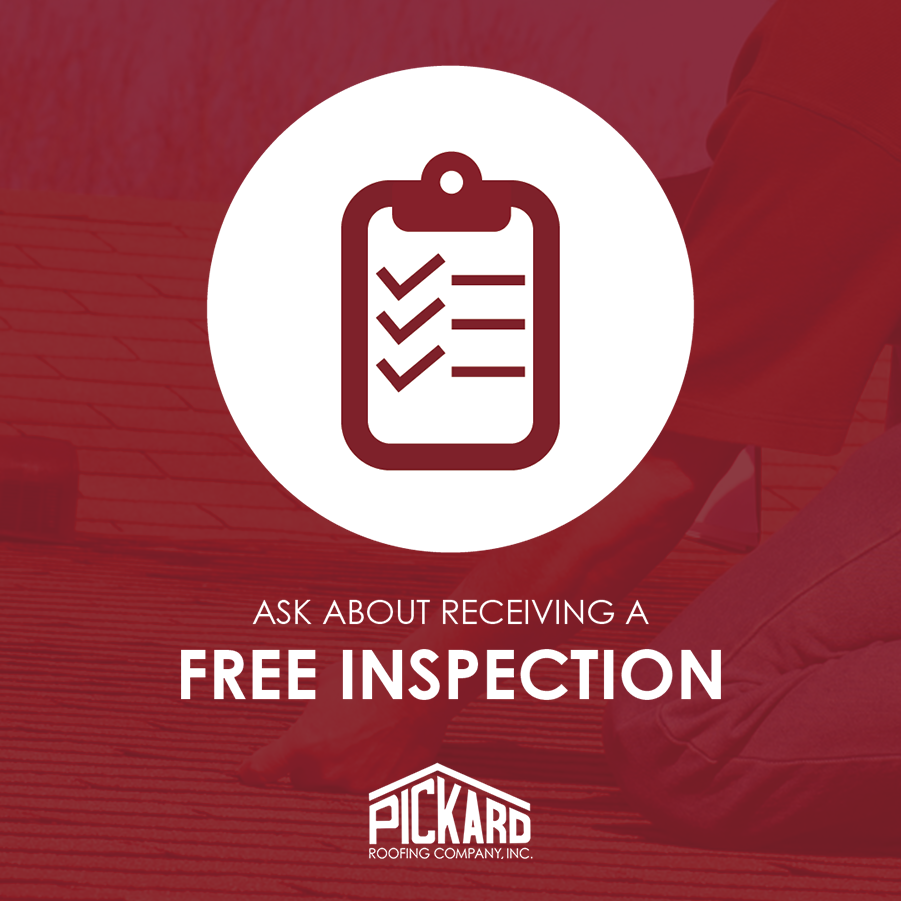If your home receives a great deal of shade, or you live in a rainy, humid area, then chances are you’ll experience moss or algae on your roof. In many parts of North Carolina, residential roofs have moss or algae growth due to the climate. Algae thrive on the moist sea air found along the coast, while the humidity in the inland parts of the state creates the perfect environment for moss growth.
So what do algae and moss need in order to grow? All it takes is warm to cool air, moisture, and protection from sunlight. If you’re struggling with moss on your shingles, or algae along your roof, there are some steps you can take to rid your roof of this pesky growth.
Is it Algae or Moss on Your Roof: What's the Difference?
One of the first steps you can take in solving your moss or algae problem is identifying which type of growth it is. Moss and algae are not the same.
Moss is a plant that tends to build up into little mounds on the roof. If allowed to grow unchecked, it will accumulate into rounded tufts. Moss on your roof is typically green throughout the wet times of the year but can turn greenish-brown during the drier seasons.
Algae is not a plant, but an organism spread by spores. It can be brown, gray, blue, or green. Algae will grow flush against the shingles and fixtures on your roof. It appears on the shingles in streaks that head down the roof pitch vertically.
Can Moss and Algae Damage My Roof?
Just like the stark organic differences between algae and moss, these growths cause differing damage to your roof. If your home has a highly reflective roofing system, algae growth can affect the roof’s ability to reflect sunlight. If your roof serves as an energy-efficient system, this could end up costing you additional money in terms of heating or cooling bills.
Moss can damage shingles, especially asphalt and wood shake shingles. Shingles are meant to lie flat against the roof in order to promote watershed and proper drainage. Over time, moss will grow up the pitch of the roof, which causes shingles to lift or curl. The lifting of shingles will eventually cause water intrusion, moisture damage, wood rot, and even roof leaks.
How to Prevent Algae and Moss on Roof Shingles
Moss and algae growth can be prevented, regardless of your roofing system or climate. Homeowners who take steps to prevent moss and algae growth can protect their home's structure for years to come.
-
Trim Your Trees - Overhanging trees can block sunlight from hitting your roof, and can trap moisture from heavy rainfall. This can create the perfect environment for moss and algae growth. Trimming back branches that extend near or above your roof will allow more sunlight to hit your roof.
-
Remove Debris - Removing debris from shingles and gutters often, especially after a storm, is another way to prevent moss and algae from growing. Debris like leaves, twigs, and pine needles trap water against the roof, creating the perfect environment for moss and algae to grow. By keeping roofs and gutters clear of debris, you can prevent algae from growing on your shingles.
-
Get Your Roof Professionally Cleaned - Professional roofing companies will know the safest and most effective ways to clean your roof. Improper cleaning can cause granule loss on shingles or other damage, resulting in roof leaks or worse. This is why DIY roof cleaning is not recommended.
-
Consider Copper-Infused Asphalt Shingles - If your shingles are damaged, consider a different type of replacement shingle. Copper-infused shingles prevent algae and moss from growing. Some companies use zinc in combination with copper to prevent these types of growths. Installing copper-infused asphalt shingles on your home will ensure that you'll never have to worry about moss or algae again.
Algae and moss growth on your roof is not only unsightly but can be dangerous to your residential roofing system. Learning how to distinguish between moss and algae, and how to prevent both types of growths will keep your roof protected. If you are struggling with moss or algae on your roof, call a residential roofing professional who can evaluate your roof, and provide the best solution for long-term prevention.
At Pickard Roofing, we think Design. Craft. Renew. We are experienced in all types of roofing systems- and provide the right roofing design and selective craftsmanship for renewing our customer’s assets. We invite sustainable building customers to give us a call for your free evaluation. For over 90 years Pickard Roofing Company has installed countless metal, tile, slate, TPO, EPDM, and all types of shingle roofing in the Triangle. Our services include residential, commercial, custom architectural metal fabrication, and historical renovation.
